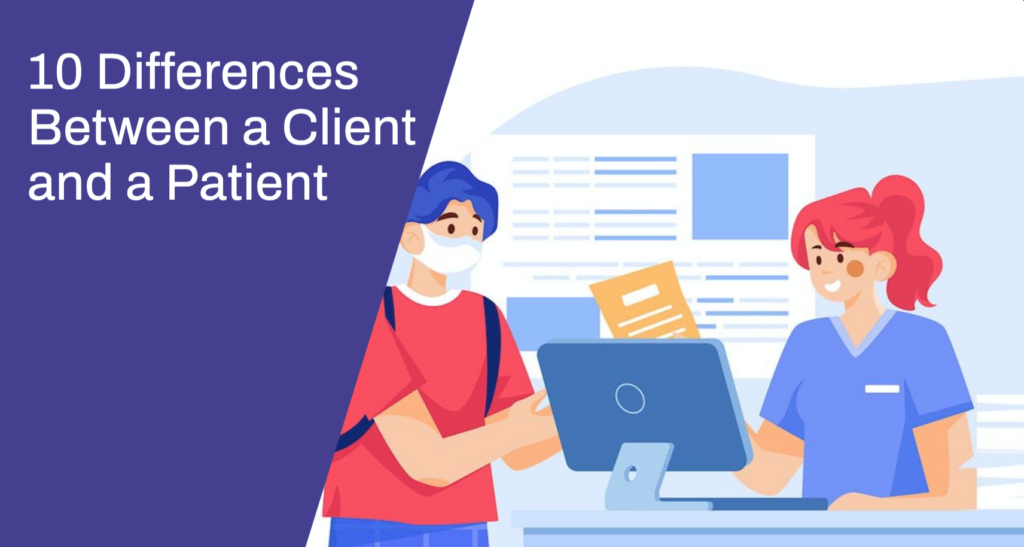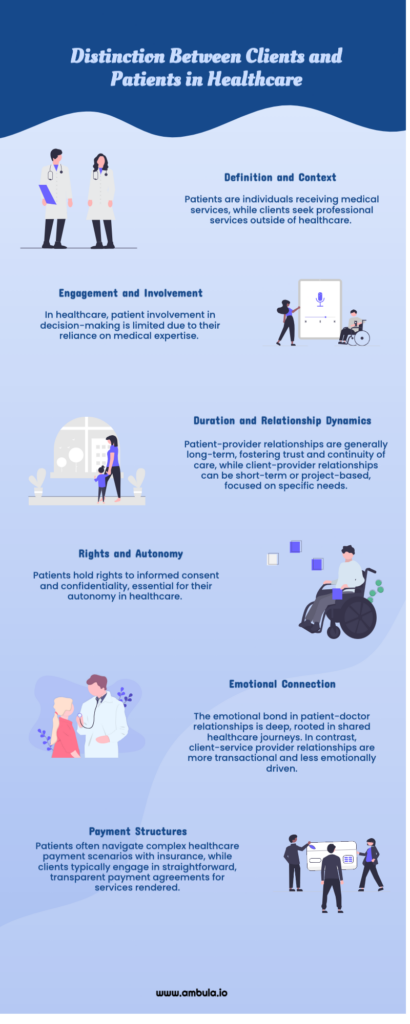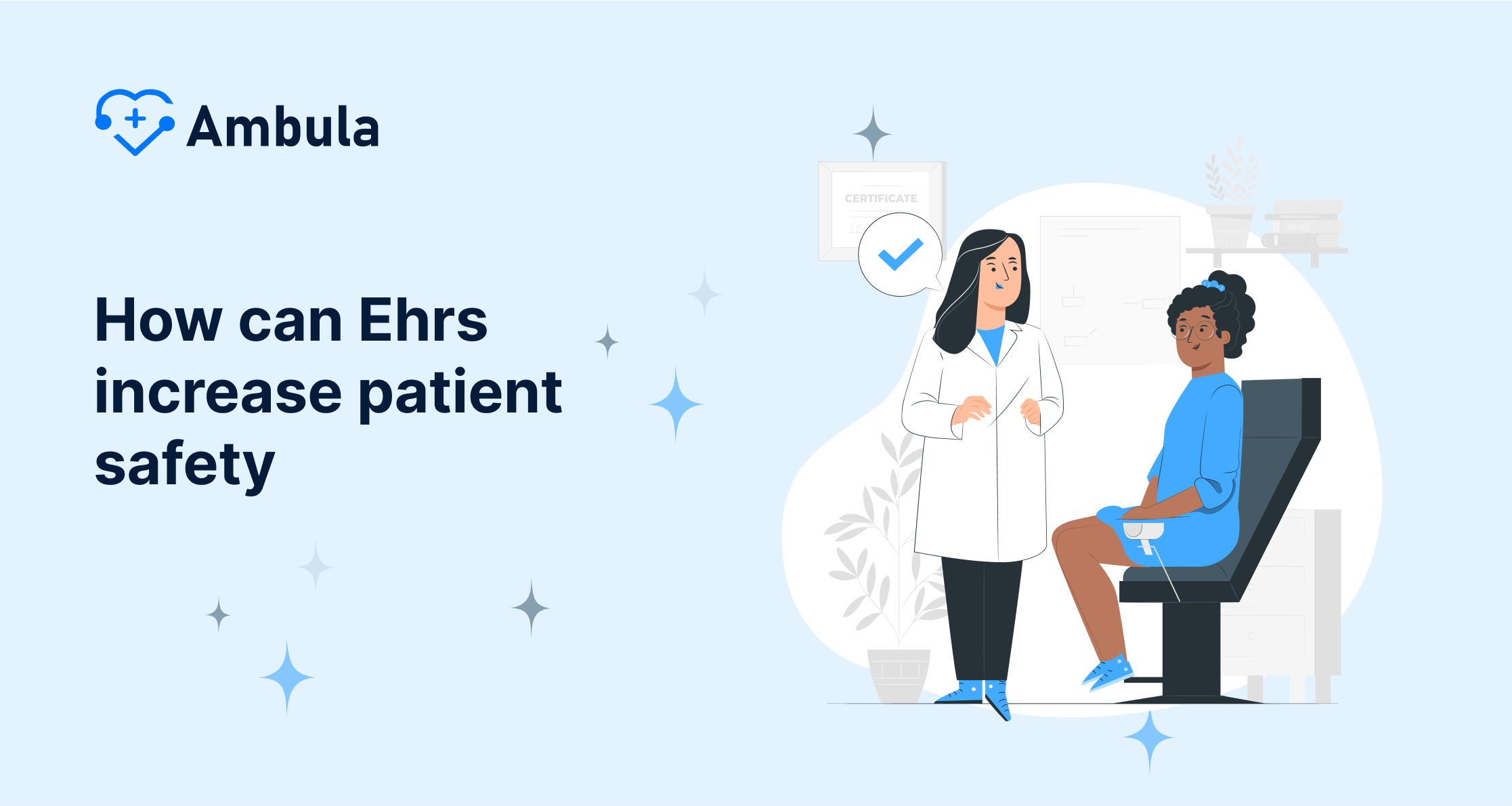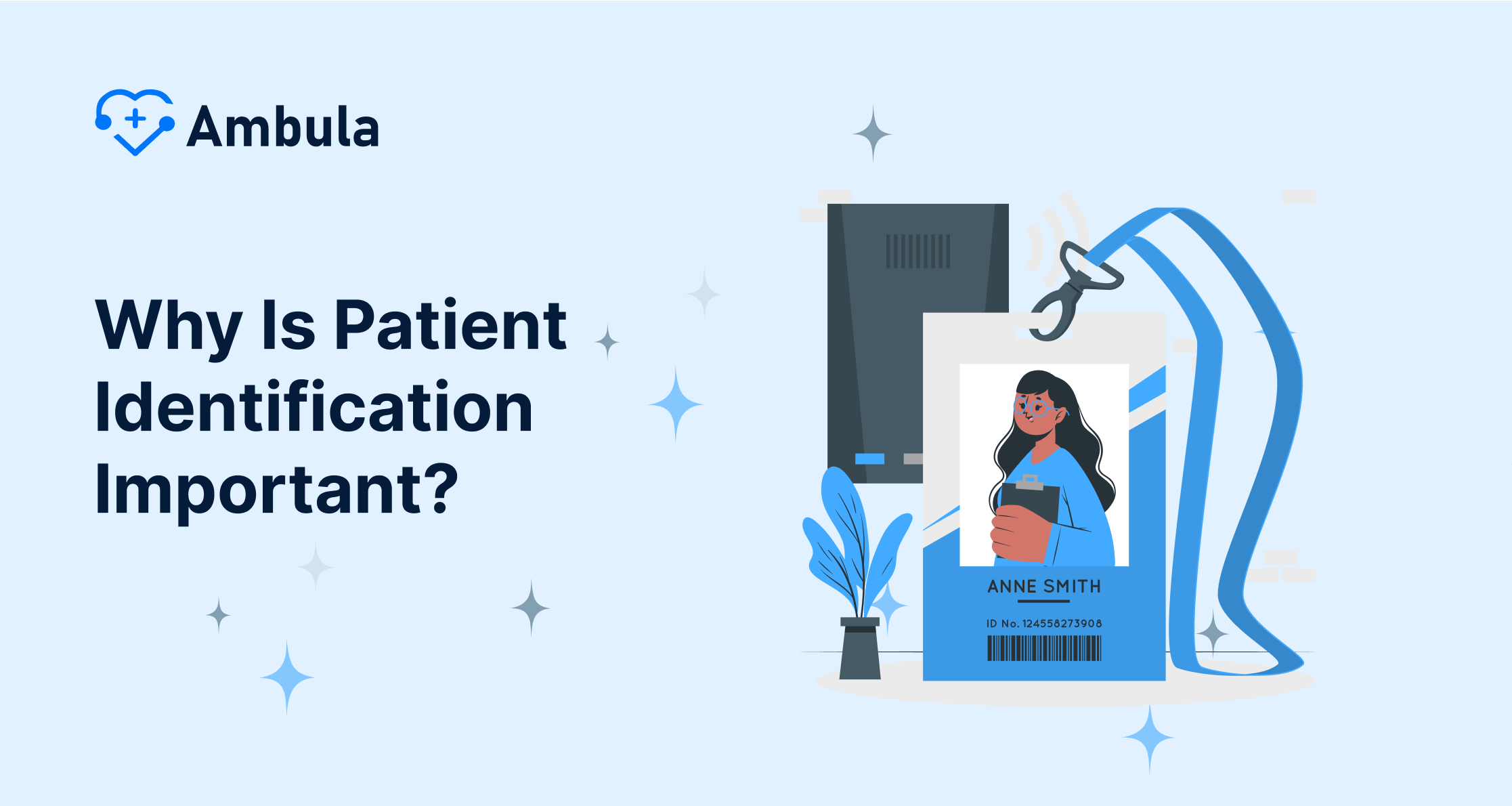
When you visit a dentist, you’re a patient. When you ask for the expertise of a graphic designer, you’re a client. While these two terms might seem interchangeable, they have distinct meanings and implications. A ‘patient’ is generally reserved for someone receiving medical services. Meanwhile, a ‘client’ refers to someone availing of professional services or products a business entity offers. Understanding these terms is vital as they shape our anticipation and communication in various fields.
Not only do these two terms define the relationship, but also the responsibilities of the two parties involved. The difference between being a patient and a client is not simply in the title, but it reshapes the dynamics of the experience. With this guide, let’s clarify any confusion between these terms and explore the nuances of these relationships.
Understanding what it means to be a client or a patient helps us better understand our roles, but it also aids service providers in offering the best possible care. Whether it’s an enterprise looking to improve customer service or a healthcare provider wishing to deliver better patient care, knowing the distinction between them will greatly assist.

Who is a client in the hospital?
In the dynamic healthcare environment, the terms ‘patient’ and ‘client’ in medical terms are frequently employed, especially within the hospital setting. Patients typically undergo admission for inpatient care, whereas clients in medical terms often avail themselves of outpatient services such as diagnostic tests, rehabilitation therapies, or follow-up appointments. The demarcation between patient and client in medical terms, though widely used, may not always be unequivocal, leading to interchangeable usage based on the contextual nuances.
Regardless of the nomenclature chosen, healthcare providers are steadfast in their commitment to delivering top-tier care that aligns with the unique needs of each individual. This encompasses the provision of comprehensive medical services, attention to the patient’s emotional and social well-being, and the cultivation of a positive overall healthcare experience.
Who is a client in nursing?
In the realm of nursing, the term ‘client’ takes on a nuanced and comprehensive meaning. A client in nursing is not limited to the traditional understanding of a recipient of care; rather, it encompasses a broader perspective. In nursing practice, a client refers not only to the patient under direct medical attention but also extends to the patient’s family, community, or any group requiring nursing care. The client in nursing is viewed holistically, acknowledging not just the physical ailments but also the emotional, social, and environmental factors that impact well-being. This inclusive approach recognizes that the scope of nursing care extends beyond the individual, encompassing a network of relationships and environments that contribute to the overall health and healing process. Nurses play a crucial role in not only addressing the immediate health concerns of the patient but also in fostering a supportive and therapeutic environment for the broader client system they serve.
Who is a patient in healthcare?
A patient in healthcare is an individual who receives medical care or treatment from a healthcare professional. This can include a wide range of services, from preventive care and routine checkups to treatment for acute or chronic illnesses, injuries, and disabilities. Patients can be of any age, gender, or background, and they may have various healthcare needs.
Healthcare providers have a responsibility to provide patients with high-quality, compassionate care that is tailored to their individual needs. This includes taking the time to understand the patient’s medical history, preferences, and care goals. Healthcare providers should also work to involve patients in their care and to provide them with clear and understandable information about their health and treatment options.
Patients play an important role in their healthcare. They should actively participate in their care decisions and ask questions if they have any concerns. Patients should also be honest with their healthcare providers about their symptoms, lifestyle habits, and medications.
Primary Focus
Reflect on the reason you last visited a hospital or clinic. Likely, it had something to do with your health, and you needed a professional to care for you. Yes, you had become a patient. The primary aim for patients is always to improve their health. They require professional assistance to diagnose their ailment or maintain their general health. This health-driven approach differentiates patients from clients.
Likewise, consider your last interaction with a consultant or a coach, and you were seeking their assistance for a specific service or product. This makes you a client; your focus here is more on achieving a specific goal than on health. The difference in the primary focus between these two relationships is one of the fundamental distinctions that we often overlook.
Understanding the primary focus for both patients and clients enables efficient assistance. When a service provider knows the driving factor behind a person’s need, they can tailor their approach to satisfy it more accurately. It guides a conversation, shapes service delivery, and enriches the overall experience.
Relationship Type
In healthcare, fostering a robust patient-doctor relationship is essential, rooted in trust and mutual respect. This connection transcends mere routine consultations and treatments, evolving into a profound journey shared by both parties. Regular checkups, unexpected emergencies, and the various phases of life contribute to the depth of this relationship.
Intertwined with empathy and care, the patient-doctor bond is unlike any other. It goes beyond the clinical realm, embracing the personal aspects of a patient’s well-being. This holistic approach forms the foundation for a lasting connection.
In the context of the evolving landscape of healthcare, there is an emerging concept known as the ‘client approach to health care.’ This approach envisions healthcare services from a client-centered perspective, emphasizing individual preferences, needs, and active participation in decision-making.
In contrast, the dynamic between a client and a service provider is characterized by professionalism. Whether it’s a short-term association for a specific project or a long-term collaboration, this relationship hinges on the quality of service or product, pricing structures, and overall customer satisfaction.
The nature of these relationships varies across industries. For instance, the bond between a fitness trainer and an individual may evolve into a lasting trust, while a client-lawyer relationship might primarily revolve around precise, professional advice. Each industry shapes the dynamics of these connections differently.
In the healthcare sector, the doctor-patient relationship remains distinct, encompassing both personal and professional dimensions. The trust established becomes the cornerstone for effective medical care, ensuring a partnership that stands the test of time.
Involvement in Decision-making
In a medical setting, the decision-making process can often be a one-sided affair. That’s primarily due to the knowledge gap between the doctor and the patient. Patients aren’t medical experts, so they often leave it to the professionals to make the best call. The trust secured in the professional’s expertise simplifies their health journey without them needing to dive deep into the medical intricacies.
However, recently, there’s been a significant push to involve patients more in the decision-making regarding their health care. Healthcare providers are encouraged to include their patients in decision-making when possible. This helps cultivate trust and instills a better understanding and acceptance of the suggested treatment.
In comparison, the decision-making process in a professional-client relationship is often more collaborative. Clients actively determine the scope of work, set expectations, provide continuous feedback, and more. This active involvement is necessary as clients bring their unique business insights to the table, which, when combined with the expert services offered, help achieve the desired vision.
Privacy and Confidentiality
The patient-healthcare provider relationship is private. The confidentiality of patient’s health records is a priority and is protected under various privacy laws like the Health Insurance Portability and Accountability Act (HIPAA) in the United States. These laws outline what, how, and to whom a patient’s information can be disclosed, ensuring utmost privacy.
These regulations extend to all healthcare providers, pharmacists, insurance companies, and clearinghouses. A violation of the patient’s confidentiality can attract legal penalties, including hefty fines and even imprisonment. This underlines the respect given to patient confidentiality and its importance in the healthcare industry.
On the other hand, client-service provider relationships also demand confidentiality, but with the restrictions and implications varying from industry to industry. For instance, maintaining a client’s confidentiality is just as crucial in law or financial advice. Breaching this can lead to loss of occupation or legal actions. However, in other industries like hospitality or marketing, the level of confidentiality differs, which impacts how data is collected, managed, and shared for marketing or service enhancement Purposes.
Duration of Relationship
The duration of a client-service provider relationship can vary greatly. Sometimes, it might just be a single transaction when you hire a mover or a plumber. Occasionally, it could be short-term, maybe spanning a few months, like when you engage a coach or a contractor. Or it could even extend into a long-term deal when you consult an advisor or an accountant. The ball is in the client’s court, and the relationship extends as per their needs and satisfaction.
Contrast this to the patient-healthcare provider relationship – it’s inherently intended to be long-term. You have had the same family doctor for years, your orthodontist knows the history of your braces, and your ophthalmologist follows your eye health over the decades. This longevity builds a detailed health history, an established trust, and an understanding that can’t be replicated in a short-term relationship.
This isn’t to say that patients can’t switch healthcare providers. They can and do, but the switch is often a big decision, impacted by numerous factors such as the provider’s expertise, doctor-patient rapport, convenience, and more. Even when switching, the underlying expectation remains to establish another enduring relationship.
Rights and Autonomy
In the healthcare context, patient rights and personal autonomy are non-negotiable pillars. They ensure that every patient is treated with respect and dignity and their confidentiality is held holy. Patients have a right to receive all the information about their condition, possible treatments, and even risk factors related to their ailment. It empowers patients to make educated decisions about their health, even if it means refusing certain treatments.
A critical right that entrusts autonomy is the right to informed consent. Simply put, patients have the right to give or withhold their consent to a procedure once they understand fully what it entails. This right safeguards patients from unwanted interventions and respects their capacity to decide for themselves.
However, in contrast with clients, their rights primarily revolve around the expectation of good service rather than autonomy. Clients can receive the promised service, prompt and professional responses, and agreement transparency. They expect to be dealt with honestly and fairly and for their complaints to be addressed in a reasonable time and manner. These rights form the underlying basis for client trust and satisfaction in the service provider.
Payment for Services
Let’s talk about money now. The way we pay for healthcare can be complicated. It often involves insurance companies dealing with healthcare providers on our behalf, with patients occasionally needing to pay some out of pocket. The greater the insurance coverage, the less the out-of-pocket expense. This system seems complex and can vary greatly between countries and healthcare policies.
On the surface, it might seem like a straightforward exchange. Still, healthcare costs and policies are layers deep and entail copay, deductibles, out-of-pocket maximums, in-network and out-of-network provisions, and more. The patient’s financial responsibility is often a sliding scale, influenced by the policies of the insurance provider and the healthcare center involved.
Compared to this, clients usually pay directly for the services or products they receive. The cost could be a one-time payment, like when you buy a pair of shoes, or a retained-based model, such as those with most consulting services. A well-defined service agreement usually outlines the payment system, and clients know their financial commitments immediately. Simple, right?
Emotional Connection
Handling healthcare issues, whether an ailing partner, recurring ailment, or a life-threatening diagnosis, is an emotional journey for patients. It requires compassion, understanding, and sensitivity from the healthcare provider. This emotional inflection point often leads to developing a heartfelt connection between patients and their healthcare providers.
Healthcare providers often share the hopes and fears of their patients. They share in the joy when treatments go well and the anticipation with every health report. It becomes an authentic bond beyond that of a simple service provider and receiver.
Contrastingly, the ties between clients and service providers are less emotionally tethered and more professional. While a certain degree of camaraderie might build up over time, it does not cross into personal emotions like the patient-doctor relationship. The primary focus here is the quality of service, although a friendly interaction is always a welcome addition.
Regulation and Ethics
Healthcare is a regulated field. Medical boards, guidelines, and protocols ensure the patient gets the best, ethically correct treatment possible. Medical practitioners must keep updated about the latest medical findings, best practices, and even legal requirements for patient care. The slightest deviation from these protocols can severely affect the professionals and patients.
Conversely, every industry tailors its norms and regulations per its unique requirements. Services like law, financial advice, and real estate have rigorous ethical guidelines and regulatory boards to ensure clients receive an honest, fair deal. Other industries like hospitality, marketing, or retail follow their best practices and have processes in place to handle client grievances.
While the terms ‘client’ and ‘patient’ present a similar relationship —that of a professional providing a service— the dynamics, expectations, and responsibilities vary greatly. Acknowledging these differences will help foster healthier, more effective relationships in the respective realms. Whether you’re a service provider keen to enhance your client experience or a healthcare professional seeking to understand your patient better, grasping these nuances will benefit you. Who knew these two terms held so much complexity within them, right?
Conclusion
We’ve walked through the key differences between clients and patients. As you’ve seen, the roles are similar, but the dynamics aren’t. In one, you’re seeking health advice; in the other, you’re seeking a service or product. One relationship may last a lifetime, and others are for a specific time frame. It’s all about the nature of the relationship, industry-specific regulations, and the individual’s needs and expectations.
Understanding these key differences allows us to gauge the depth of these relationships and underscores our level of involvement. It also shapes our communication and expectations, hard-wiring us to navigate these relationships better. The next time you swing by your doctor’s office or acquire a professional service, you’ll be more conscious of your position rights and maybe even feel more empowered.






